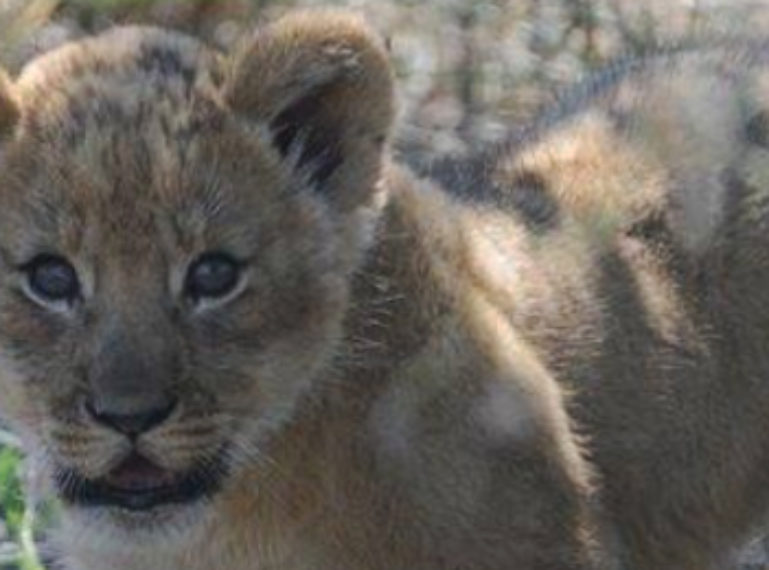
A pregnant lioness is seen striving against the harsh semi-arid desert conditions trying to find a potential den site for her unborn cubs. She eventually finds a safe haven in a thicket of vegetation just 4 km outside of the Haina Kalahari Lodge. A few weeks later, she gives birth to 4 lion cubs. Needless to say, the team from Haina were ecstatic that new lion cubs have been born into the Kalahari. The cubs were spotted for the first time a week ago and they are currently 6 – 7 weeks old. Heloise Smit took the below images.
Lion cubs are notorious for their low survival rate in the wild and, on average, only 1 in 8 cubs reach maturity. Why does this happen? A lioness normally keeps her cubs in one area, generally in the thicket of bush where predators cannot find them. When she goes off to hunt the cubs are left alone, making them vulnerable to predators. If she is killed during a battle the cubs are orphaned – the rest of the pride will not know where the cubs are located. Coupled with this, when the cubs are old enough to be introduced into the pride there are internal pride “politics”. Often thesub-adult males within prides want to mate with females. They often kill off young cubs within their own pride as this sends the females back into oestrus. There are many threats to lion cubs !
So, with all this knowledge about the dynamics of lion prides, you can imagine how incredible it was to photograph these cubs. We are hoping these lion cubs born into the Kalahari reach maturity.
In the meantime, here are a few facts about lions of the Kalahari and how they differ from other lions:
- The mane of the Kalahari lion is black and/or dark in colour. This has to do with genetic conditions and type of climate.
- Kalahari lions are larger in size and stature than the other lions of southern Africa.
- They have a strong resistance to thirst and can go for 2 weeks without water.
We will keep you updated with news about the lion cubs that are traversing the Haina territory.
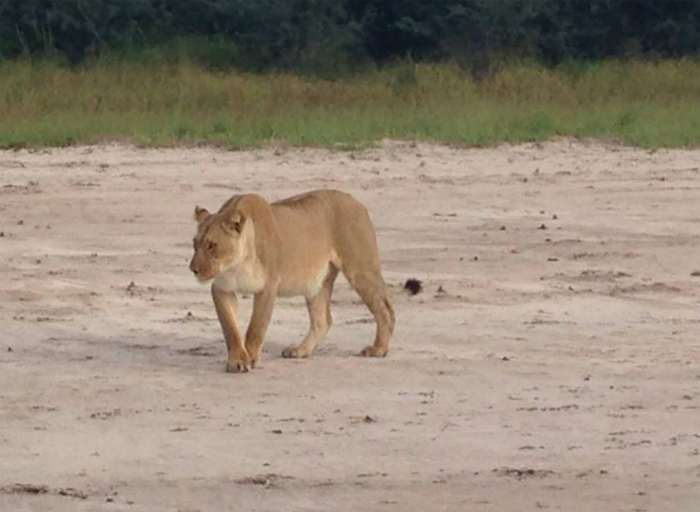
This heavily pregnant lioness was spotted a couple months ago on the periphery of the Haina Kalahari Lodge.
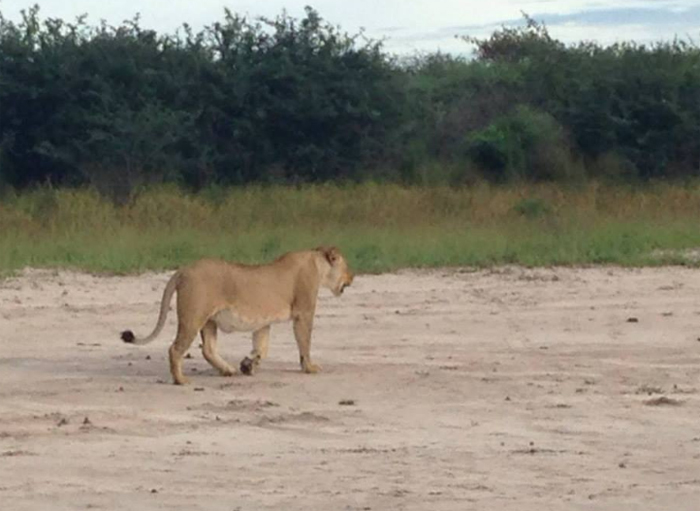
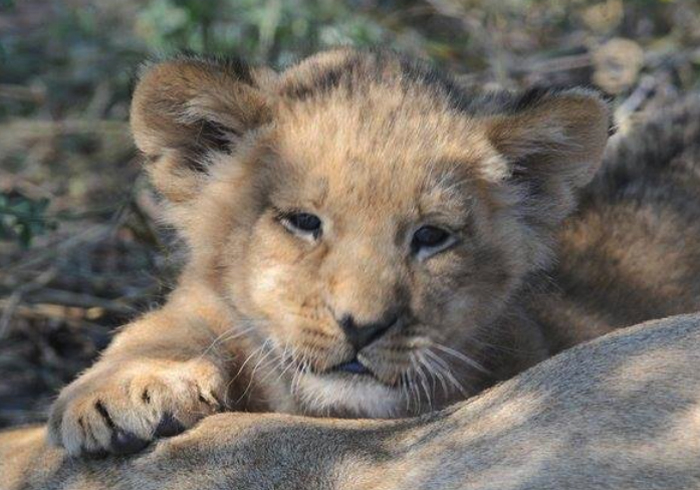
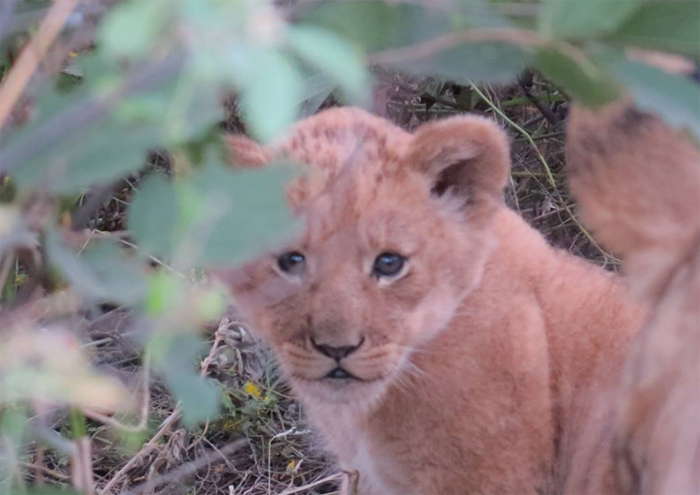
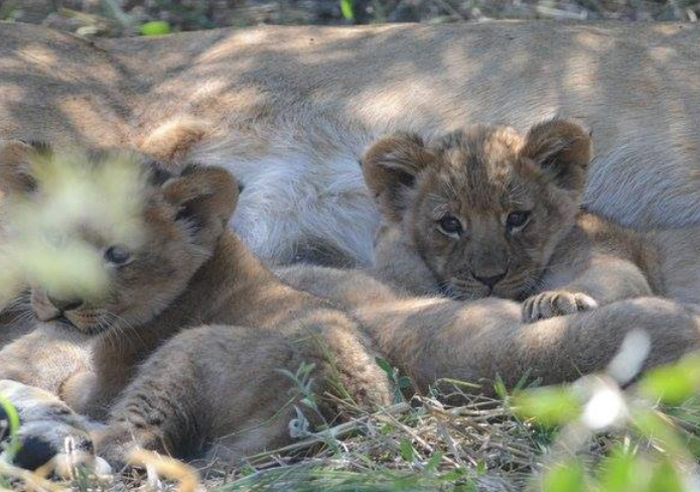
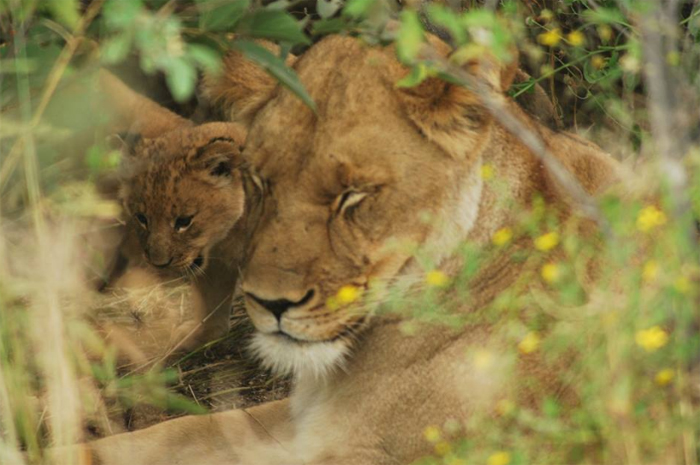
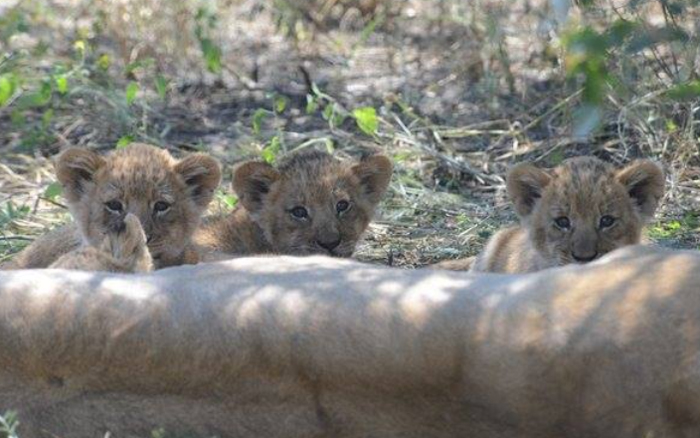
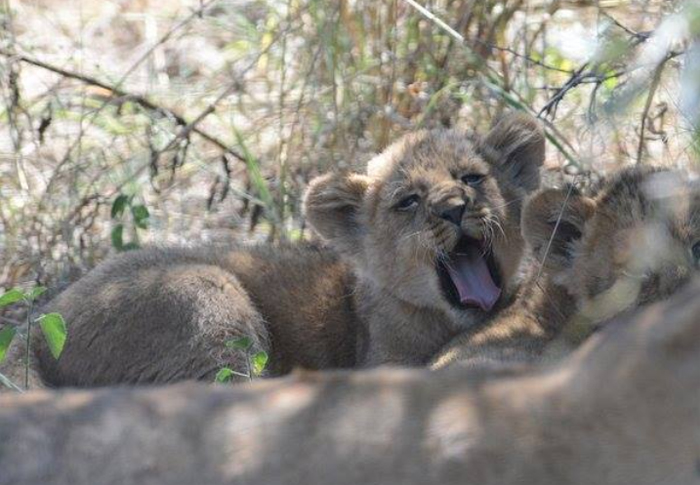
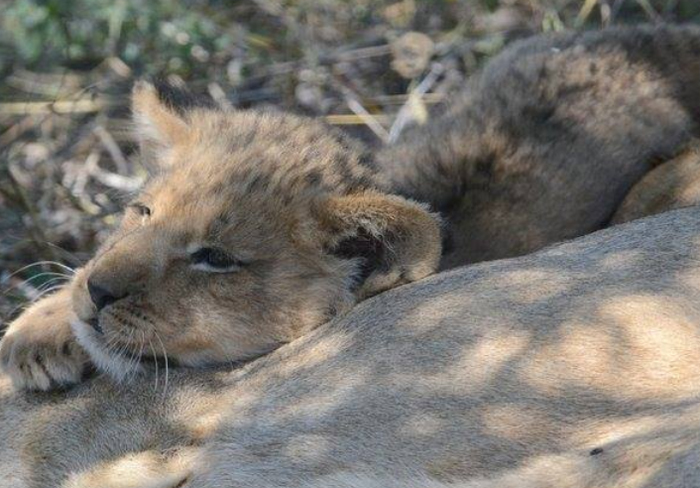
Leave a Comment